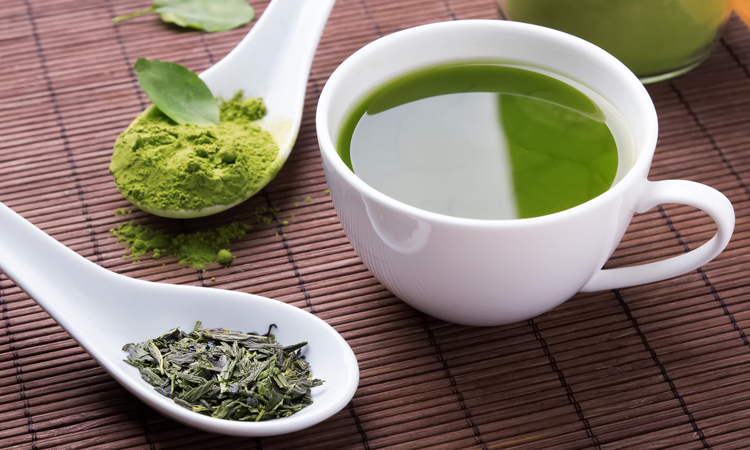Fatty liver disease reduced by green tea extract and exercise
- Like
- Digg
- Del
- Tumblr
- VKontakte
- Buffer
- Love This
- Odnoklassniki
- Meneame
- Blogger
- Amazon
- Yahoo Mail
- Gmail
- AOL
- Newsvine
- HackerNews
- Evernote
- MySpace
- Mail.ru
- Viadeo
- Line
- Comments
- Yummly
- SMS
- Viber
- Telegram
- Subscribe
- Skype
- Facebook Messenger
- Kakao
- LiveJournal
- Yammer
- Edgar
- Fintel
- Mix
- Instapaper
- Copy Link
Posted: 17 February 2020 | Sam Mehmet (New Food) | No comments yet
With potential human applications, a study has found that the combination of green tea extract with exercise reduced fatty liver disease in mice.


The combination of green tea extract and exercise reduced the severity of obesity-related fatty liver disease by 75 percent in mice fed a high-fat diet, according to Penn State researchers.
The outcome is important, explained Joshua Lambert, Associate Professor of Food Science, because nonalcoholic fatty liver disease is considered a significant global health problem that is expected to worsen. Because of the high prevalence of risk factors such as obesity and type 2 diabetes, fatty liver disease is forecast to affect more than 100 million people by 2030.
In the study, mice fed a high-fat diet for 16 weeks that consumed green tea extract and exercised regularly by running on a wheel were found to have just a quarter of the lipid deposits in their livers compared to those seen in the livers of a control group of mice. Mice that were treated with green tea extract alone or exercise alone had approximately half as much fat in their livers as the control group.
In addition to analysing the liver tissues of mice in the study, the researchers also measured the protein and fat content in their faeces. They found that the mice that consumed green tea extract and exercised had higher faecal lipid and protein levels.
“By examining the livers of these mice after the study concluded and by screening their faeces during the research, we saw that the mice that consumed green tea extract and exercised actually were processing nutrients differently – their bodies were handling food differently,” Lambert said.
“We think the polyphenols in green tea interact with digestive enzymes secreted in the small intestine and partially inhibit the breakdown of carbohydrates, fat and protein in food,” he added. “So, if a mouse does not digest the fat in its diet, the fat and the calories associated with it pass through the mouse’s digestive system, and a certain amount of it ends up coming out in its faeces.”
It may be significant, Lambert explained, that mice treated with both green tea extract and exercise had higher expression of genes related to the formation of new mitochondria. The gene expression provides markers that will help researchers understand the mechanism by which green tea polyphenols and exercise might work together to mitigate fatty liver deposits, he continued.
“We measured the expression of genes that we know are related to energy metabolism and play an important role in energy utilisation,” Lambert said. “In the mice that had the combination treatment, we saw an increase in the expression of genes that was not there before they consumed green tea extract and exercised.”
More research is needed to see if there is a synergy created by green tea extract and exercise working together to reduce fat deposited in the liver, or if the effects are simply additive, Lambert pointed out.








